Picasso
Use Jake Wharton's Picasso Library.
(A Perfect ImageLoading Library from the developer of ActionBarSherlock)
A powerful image downloading and caching library for Android.
Images add much-needed context and visual flair to Android applications. Picasso allows for hassle-free image loading in your application—often in one line of code!
Picasso.with(context).load("http://i.imgur.com/DvpvklR.png").into(imageView);
Many common pitfalls of image loading on Android are handled automatically by Picasso:
Handling ImageView recycling and download cancellation in an adapter.
Complex image transformations with minimal memory use.
Automatic memory and disk caching.
Picasso Jake Wharton's Library
Glide
Glide is a fast and efficient open-source media management framework for Android that wraps media decoding, memory and disk caching, and resource pooling into a simple and easy-to-use interface.
Glide supports fetching, decoding, and displaying video stills, images, and animated GIFs. Glide includes a flexible API that allows developers to plug into almost any network stack. By default, Glide uses a custom HttpUrlConnection based stack but also includes utility libraries plug-in to Google's Volley project or Square's OkHttp library instead.
Glide.with(this).load("your-url-here").into(imageView);
Glide's primary focus is on making scrolling any kind of a list of images as smooth and fast as possible, but Glide is also effective for almost any case where you need to fetch, resize, and display a remote image.
Glide Image Loading Library
Fresco by Facebook
Fresco is a powerful system for displaying images in Android applications.
Fresco takes care of image loading and display, so you don't have to. It will load images from the network, local storage, or local resources, and display a placeholder until the image has arrived. It has two levels of cache; one in memory and another in internal storage.
Fresco Github
In Android 4.x and lower, Fresco puts images in a special region of Android memory. This lets your application run faster - and suffer the dreaded OutOfMemoryError much less often.
Fresco Documentation






